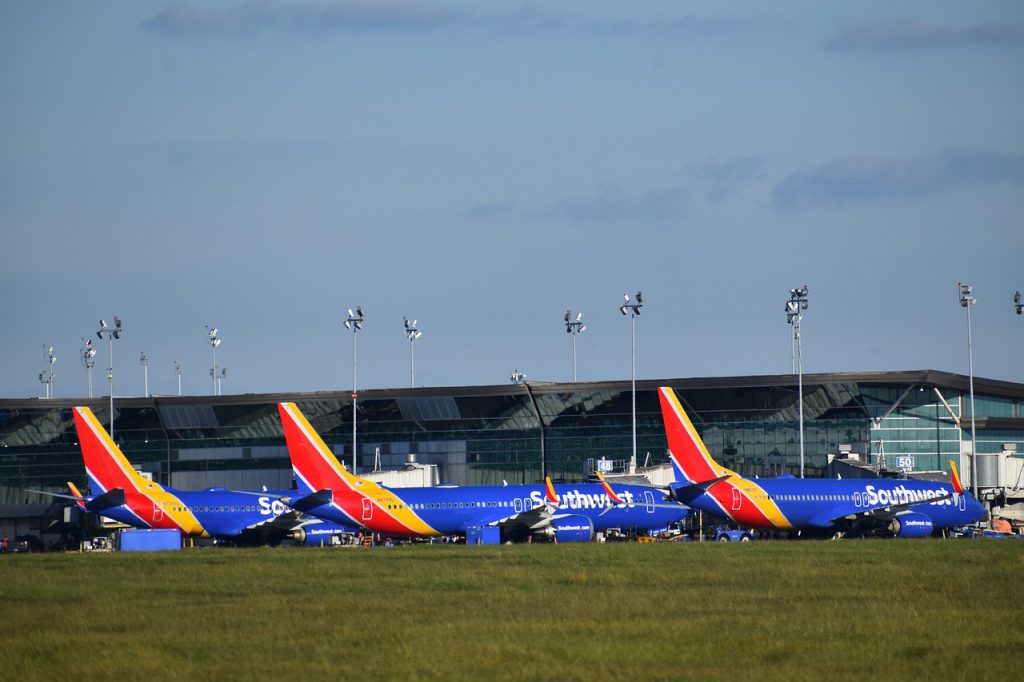In the world of aviation, safety is paramount. When an unexpected incident occurs on an aircraft, it can send shockwaves through the industry. Such was the case when a United Airlines Boeing 737 experienced an unusual and alarming event: the flight deck window ‘popped open’ mid-flight, leading to a diversion for the safety of all on board. In this article, we will delve into the details of this incident, exploring the actions taken by the crew, the safety protocols in place, and the broader implications for the airline industry.
The Flight and the Incident
The flight in question, United Airlines Flight 723, was en route from Chicago O’Hare International Airport to Denver International Airport. This routine domestic flight was carrying passengers and crew members on a typical journey through the skies. However, approximately 30 minutes into the flight, the unexpected occurred. A flight deck window, one of the multiple layers of reinforced glass that protect the cockpit from the elements, reportedly ‘popped open.’
The sudden opening of the flight deck window created an immediate emergency situation. The flight crew had to act swiftly to ensure the safety of the aircraft, the passengers, and themselves.
Immediate Crew Response
As per standard operating procedures and rigorous training, the flight crew responded to the incident with precision and calm. Their primary concern was to secure the flight deck and maintain the structural integrity of the aircraft. This involved isolating the affected window to prevent further complications.
Reports indicate that the captain swiftly decided to divert the aircraft to a nearby airport to address the situation. In this case, the crew chose to divert to Des Moines International Airport in Iowa, which was the closest suitable airport for the emergency landing.
Passenger Experience and Safety
For the passengers on board Flight 723, the incident must have been a nerve-wracking experience. The diversion and emergency landing, though an inconvenience, were necessary to ensure their safety. During such incidents, flight attendants play a crucial role in maintaining calm and assisting passengers.
United Airlines, like all major carriers, has strict safety protocols and procedures in place to deal with emergencies. Passengers were likely briefed on these procedures during the pre-flight safety demonstration, which includes instructions for brace positions and evacuation protocols.
Inspection and Investigation
Following the emergency landing at Des Moines International Airport, United Airlines initiated an investigation into the incident. The aircraft was thoroughly inspected by maintenance crews to determine the cause of the flight deck window issue. Such inspections involve examining the window frame, seals, and any potential structural damage.
Simultaneously, aviation authorities, including the Federal Aviation Administration (FAA), also launched an investigation to ensure that all safety regulations and procedures were followed correctly.
Implications for the Airline Industry
While incidents like the United Airlines Boeing 737 flight deck window incident are rare, they serve as a reminder of the importance of safety measures in aviation. Airlines invest heavily in maintenance, training, and safety protocols to mitigate the risks associated with flying.
As the investigation unfolds, the findings may lead to enhancements in window design, maintenance procedures, or training programs for flight crews. The aviation industry consistently learns from such incidents to make air travel even safer for passengers and crew members.
Conclusion
The incident involving the United Airlines Boeing 737 and the ‘popped open’ flight deck window highlights the unwavering commitment of the aviation industry to passenger and crew safety. The swift and coordinated response of the flight crew, along with rigorous safety protocols, ensured that the incident did not escalate into a more serious situation. As the investigation progresses, the lessons learned from this event will likely contribute to further advancements in aviation safety, reinforcing the industry’s dedication to maintaining the highest standards of security in the skies.

